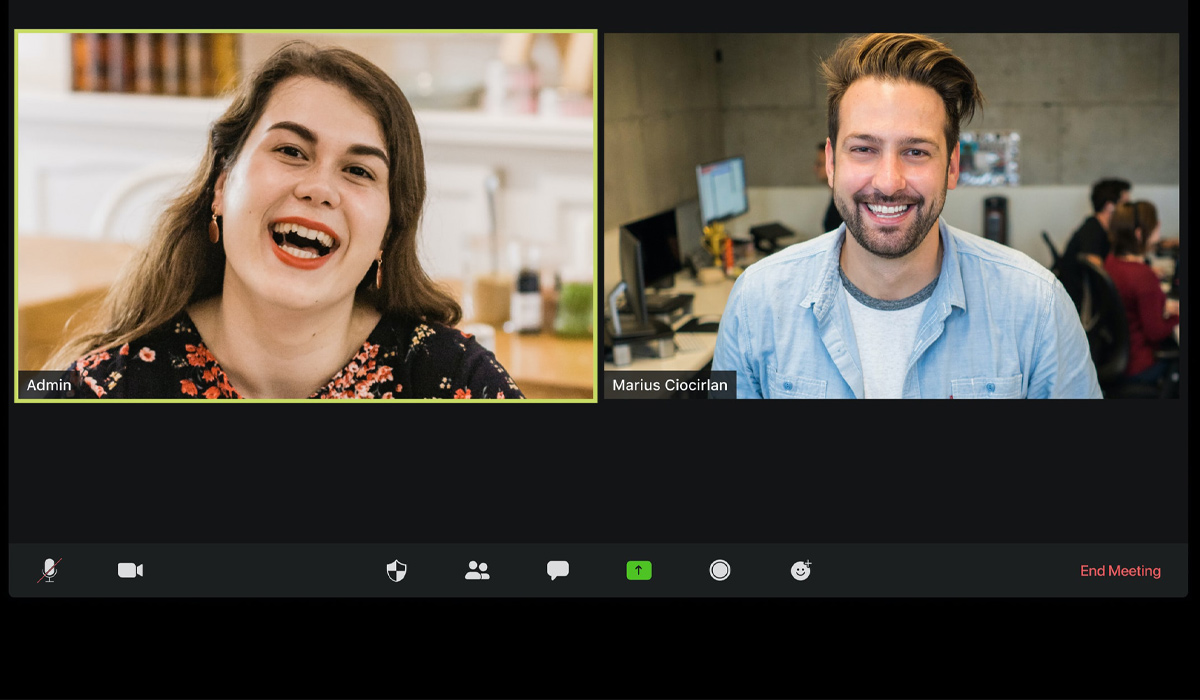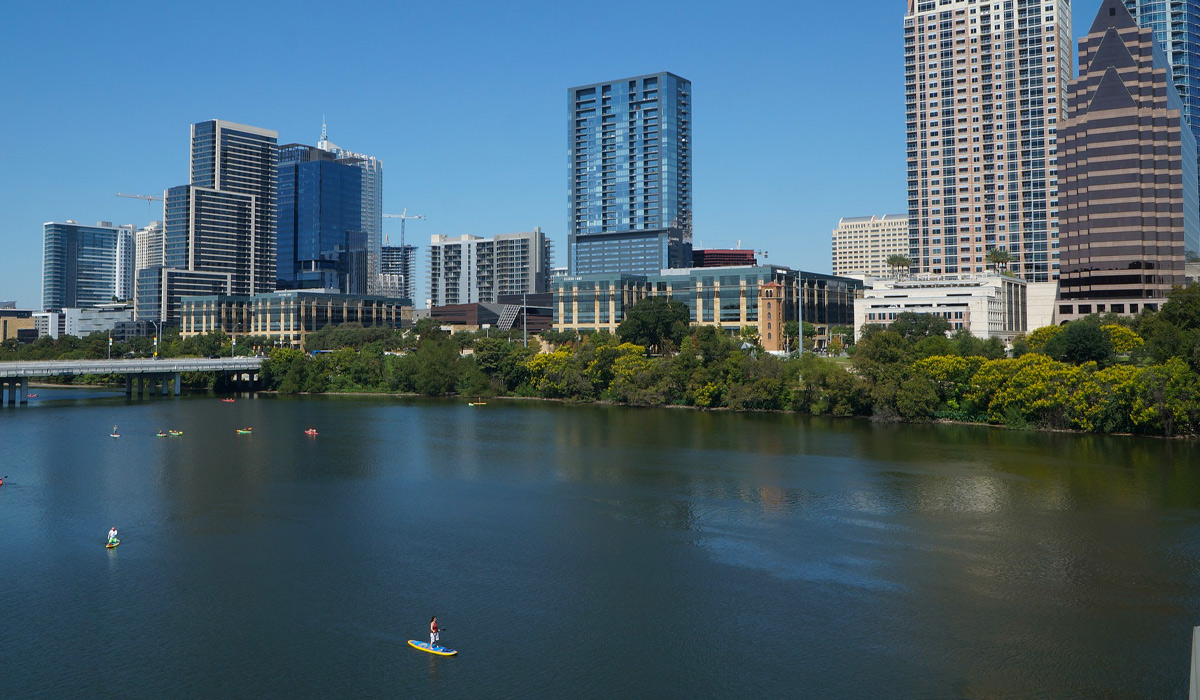We all know resumes are important. They’re your first impression. The highlight reel of your qualifications. The tool that you can use to land an interview (and ultimately a job).
What Belongs in My Experience Section? your full-time work history will often be the primary source of material for your resume. But your experience can encompass so much more than the traditional jobs you’ve held. Internships , volunteer work, freelance assignments, temporary gigs, and part-time jobs all count as experience, too.OK, So How Do I Know What Experience Is Relevant? Relevant experience is simply experience that’s applicable to the type of jobs you’re pursuing. For example, if you’re a software engineer, you’ll want to include your current and previous engineering jobs and internships.
How Should I Format the Experience Section of My Resume? List your job title, company name, location, and employment dates (month and year) for every position on your resume. Here’s one way it might look:
Graphic Designer | Evergreen Industries | San Francisco, CA | May 2018 – April 2020
What If I Have a Gap in Employment? Plenty of successful people have gaps in their employment history for myriad reasons. If your employment gap is a bit longer (more than a year), you may want to add a bit of context in the form of an additional “experience” entry—no more than a line or two.
Leo & Loy ![]() Experienced recruiters and career coaches providing consulting services for individuals transitioning careers.
Experienced recruiters and career coaches providing consulting services for individuals transitioning careers.






